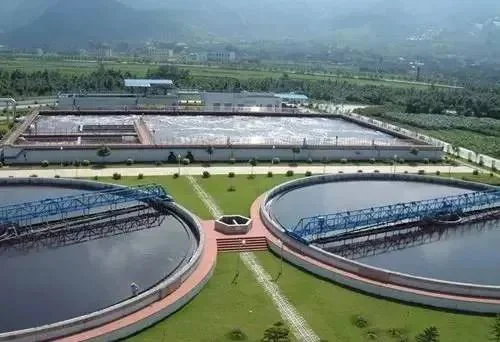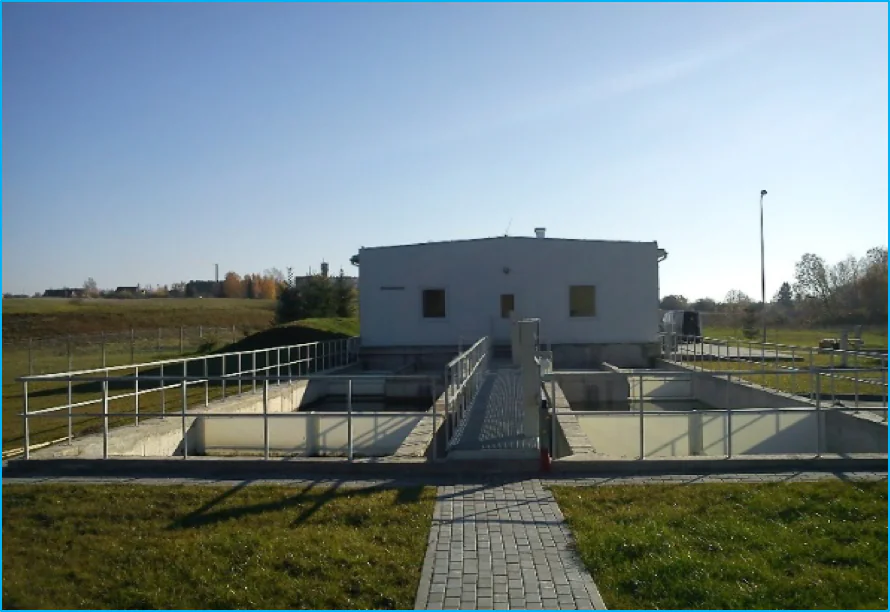In biological phosphorus removal systems, many engineers focus on chemical dosing or sludge concentration—yet often overlook a critical control parameter: dissolved oxygen (DO).
In fact, DO plays a decisive role in every stage of the enhanced biological phosphorus removal (EBPR) process, directly affecting polyphosphate-accumulating organisms (PAOs) and the overall P-removal efficiency.

Stage 1: Anaerobic P-Release — Prevent DO Leakage
In the anaerobic zone, PAOs release intracellular polyphosphates while absorbing volatile fatty acids (VFAs) and converting them into PHB (polyhydroxybutyrate) for energy storage. This process requires strictly anaerobic conditions.
🔧 Key Control Points:
- DO must stay below 0.2 mg/L;
- Return flow ratio should be controlled between 50%–100%. Excessive return can introduce residual DO or nitrate, disrupting anaerobic conditions;
- Competing heterotrophic bacteria may consume organic carbon first, reducing PAO access to VFAs and weakening the downstream phosphorus uptake.
Stage 2: Aerobic P-Uptake — DO Levels Drive Performance
In the aerobic zone, PAOs oxidize PHB to gain energy and uptake large amounts of phosphorus, storing it again as polyphosphate.
✅ Recommended DO Range:
- Keep DO between 2.0–3.0 mg/L;
- In high MLSS (sludge concentration) conditions, increase aeration intensity to ensure sufficient oxygen;
- At the end of the aeration tank, maintain DO around 1.5 mg/L to avoid oxygen-limited zones.
📌 Note: If your system has strong nitrification, nitrate forms quickly in the aerobic zone. Make sure internal recirculation flow is adequate to prevent nitrate from flowing back into the anaerobic zone and disturbing P-release.
Load Variations? Adjust DO Accordingly
Under low organic load or low MLSS conditions:
- Consider reducing aeration to avoid excess DO, which may cause:
- Unnecessary energy consumption
- Process instability in EBPR zones

Final Takeaway
Precise DO control is essential for stable phosphorus removal and for optimizing the energy efficiency of the whole nitrogen-phosphorus removal system.
Before adjusting chemicals or sludge strategies, take a closer look at your DO control.
📩 Want more wastewater treatment insights?
💬 Leave your questions or comments below, or visit our website for more technical updates.
